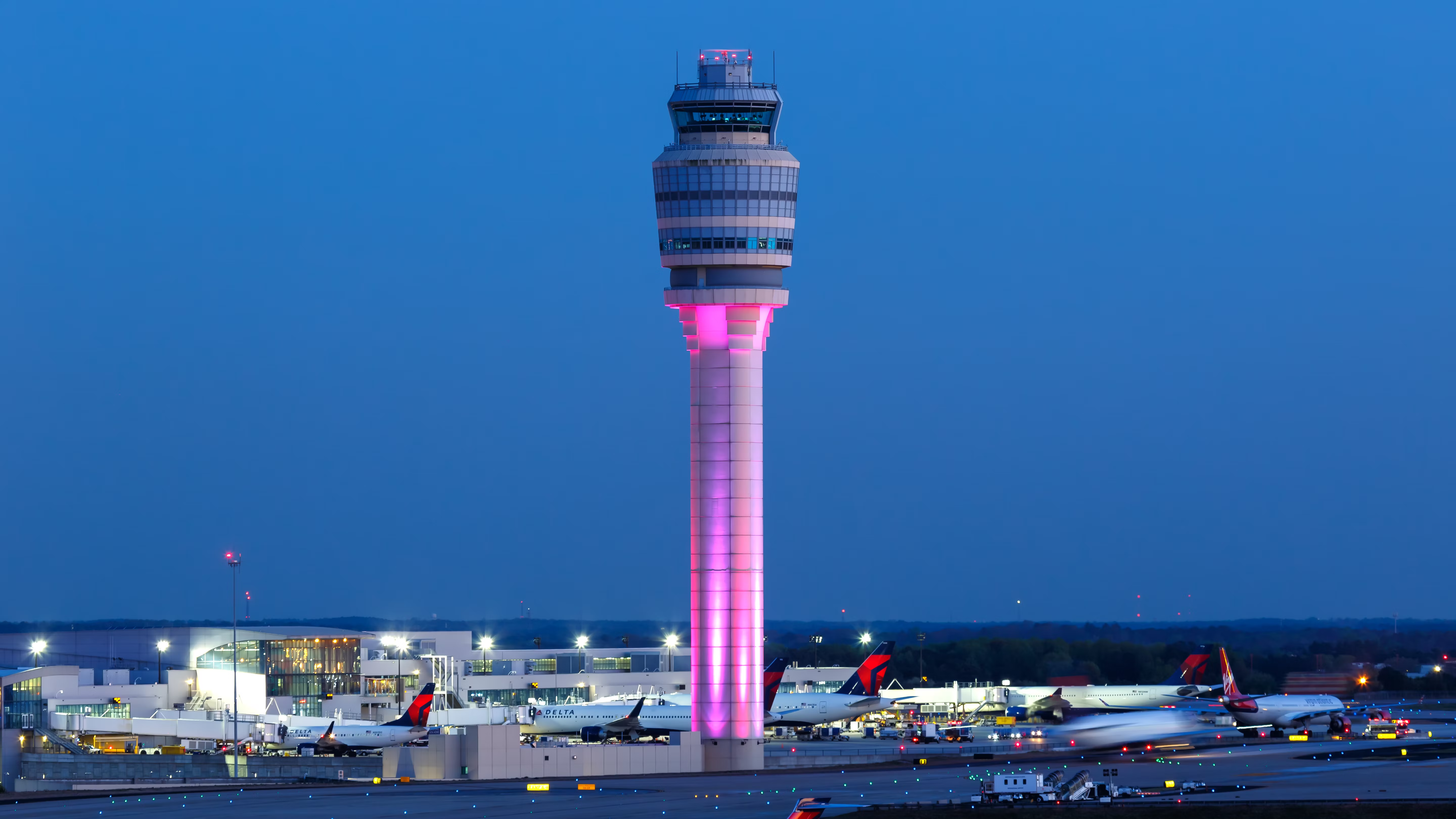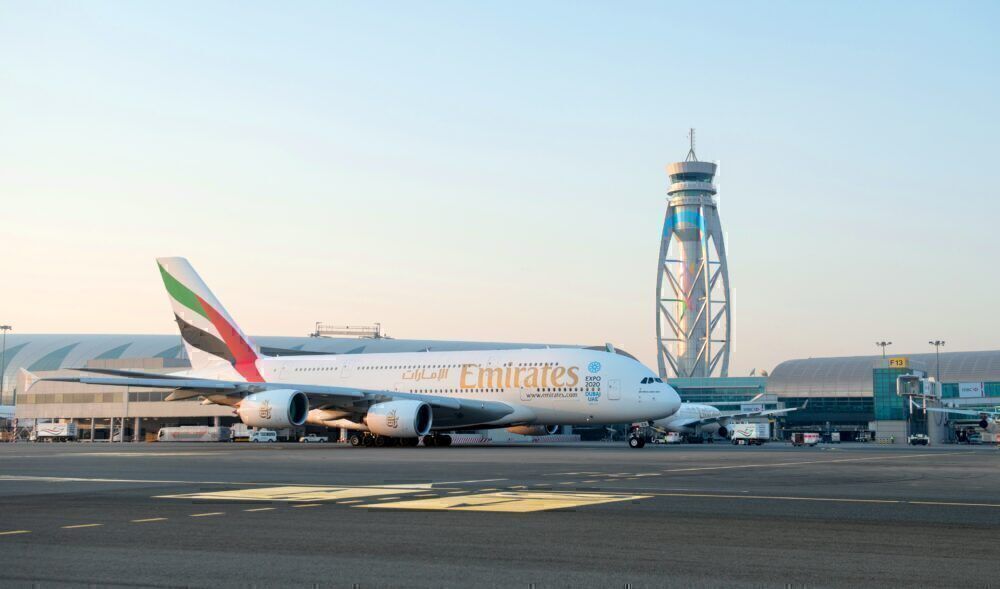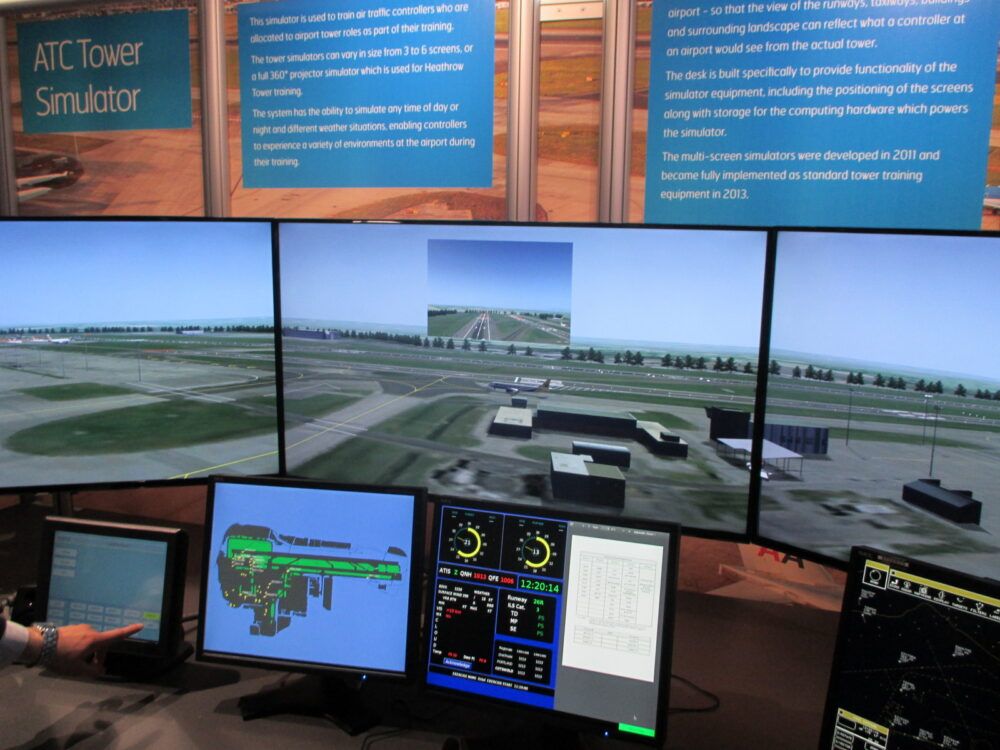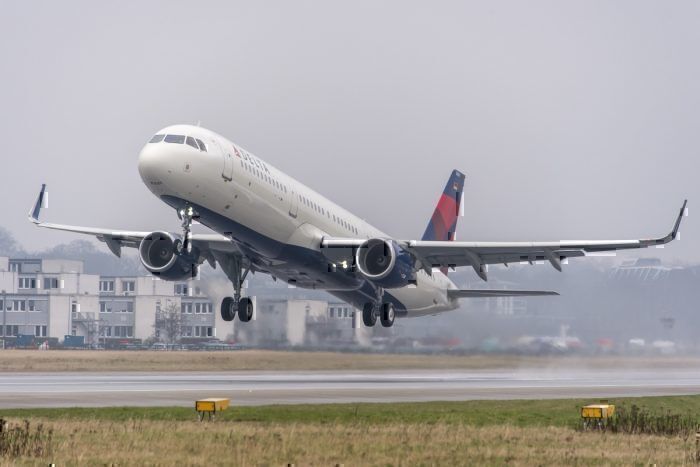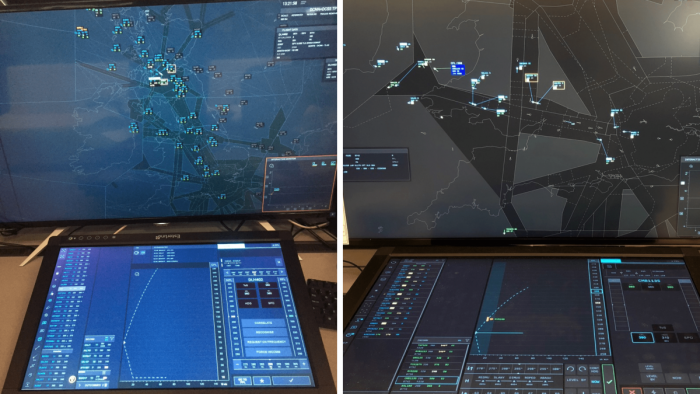Summary
- Air traffic control is a complex system with various groups working together. Controllers monitor specific zones and pass aircraft to the next team when it enters a new airspace.
- Constant communication between controllers and pilots is crucial for safe flight operations, especially in challenging conditions like fog. Pilots rely on ground information to a significant extent.
- Flight paths are filed in advance, and controllers track aircraft based on these filed plans. Pilots must communicate any adjustments to the pre-determined plan during flight. Transponders provide real-time information to controllers.
For the majority of us who step onboard a commercial flight, air traffic control is a silent process, and we have little insight into the complex systems that allow our planes to safely navigate the skies. Unsurprisingly, there are many different moving pieces to the air traffic control network.
Get all the latest aviation news right here on Simple Flying
As an example, airspace in the United States is split up into 21 separate zones, with each one of those zones then divided into sectors. Within each zone are pockets of airspace, around 80 kilometers in diameter, which are referred to as TRACON (Terminal Radar Approach Control). The FAA has designed the air traffic control system around these TRACON divisions, with various personnel within the system assigned certain zones to patrol.
Furthermore, innovations are coming in the world of air traffic control. Automation is a key factor affecting the future of the industry. Earlier this year, London City Airport (LCY) became the first major airport with a fully automated control tower.
With so much airspace to manage and so many flights to navigate, air traffic controllers obviously have a very daunting job, and the industry is changing ever more rapidly. Let's take a deeper look at how it works in this article.
Various centers
In the United States, the Air Traffic Control System Command Center (ATCSCC) is responsible for all air traffic control, while Air Route Traffic Control Centers (ARTCC) manage traffic within all sectors of its center. Terminal Radar Approach Control (TRACON) handles departing and approaching aircraft within its space. These are the operators in the large control towers at airports that stand out so vividly and that you may have noticed on your most recent flight.
There is a third group that is also critical to this process. Flight Service Stations (FSS) provide critical data, such as weather, route, terrain, flight plan, and more.
As a result, there is a strong division of labor within the air traffic control industry. Unsurprisingly, for safe aircraft operations to proceed, all of these different groups must work together efficiently.
Readers familiar with defensive systems in sports will understand that air traffic control effectively operates around a 'zonal marking' system. When aircraft move through US airspace, it is monitored by the air traffic controllers and teams that are responsible for that particular zone. Once it passes through the zone, the air traffic control team passes the aircraft on to the team that is responsible for the airspace that the aircraft is about to enter.
Constant communication
Controllers are in touch with pilots at all times, with communication between the ground and the pilot being absolutely essential. Trained pilots rely on this information to a significant extent, even though they are also trained to fly aircraft off of instruments alone as a failsafe mechanism. Nonetheless, this is significantly trickier than flying via collaboration with air traffic control.
Under certain conditions, pilots cannot rely entirely on instruments for safe flight operations. For example, when landing in near zero-visibility conditions, such as during dense fog at San Francisco International Airport (SFO), pilots would be in serious jeopardy if communications with air traffic control were compromised.
In order to ensure that aircraft behave predictably, aircraft flight paths are filed with air traffic control far in advance. This enables the controllers to follow aircraft more easily, and pilots will be quickly contacted if a plane veers off its expected flight path or is seen behaving erratically. Every aspect of a flight is already decided before the plane takes off; for example, commercial flights are all assigned designated runways at their destination airports.
All flight plans held by air traffic controllers and the computerized system include all four of the following features:
- Airline name and flight number
- Type of aircraft and equipment
- Intended airspeed and cruising altitude
- Route of flight
It is then the responsibility of the pilot to transmit this data to the air traffic control towers. Once this flight path has been approved, the plane will be cleared for takeoff, at which point control will be passed to the air traffic control tower, where ground controllers advise pilots on prevailing conditions and any other important information that needs to be conveyed at this point. Should anything occur in flight that would require an adjustment to the pre-determined flight plan, it is the pilot's job to communicate this as quickly as possible.
Transponder system
Once the plane is in the air, the transponder is activated and sends real-time information to air traffic control. The transponder signal provides the controller with a variety of important information, including aircraft flight number, altitude, airspeed, and destination.
If, for any reason, air traffic control were to lose contact with an aircraft's transponder, this would be immediately seen as a red flag. As a result, air traffic control operators would immediately contact the plane in question.
As a plane passes through each stage of a flight, it is passed to the various teams that deal with the appropriate stages of the process. There are specifically designated waypoints at which control of an aircraft is transferred between different air traffic controllers.
As an aircraft is approaching its destination, the local controller checks the runways and skies of the destination airport and will provide clearance to land only when it has been confirmed that it is safe to do so. Pilots also receive up-to-date weather information and other important data right up to the point of landing.
Final process
Once the plane is safe and sound on the ground, the final part of the process is for the local controller to direct the plane to an exit taxiway. Even at this stage, the plane is monitored closely in order to ensure that it doesn't clash with any ground traffic or interfere with ground vehicles.
What Happens When A Plane Goes Around?
Furthermore, the controller will guide the aircraft to its designated gate and assist in any challenges that might arise throughout the taxi process. There is, of course, a lot more to the process than it is possible to convey here, but that's a basic rundown of precisely how air traffic control works and how flights are monitored to ensure safety.

